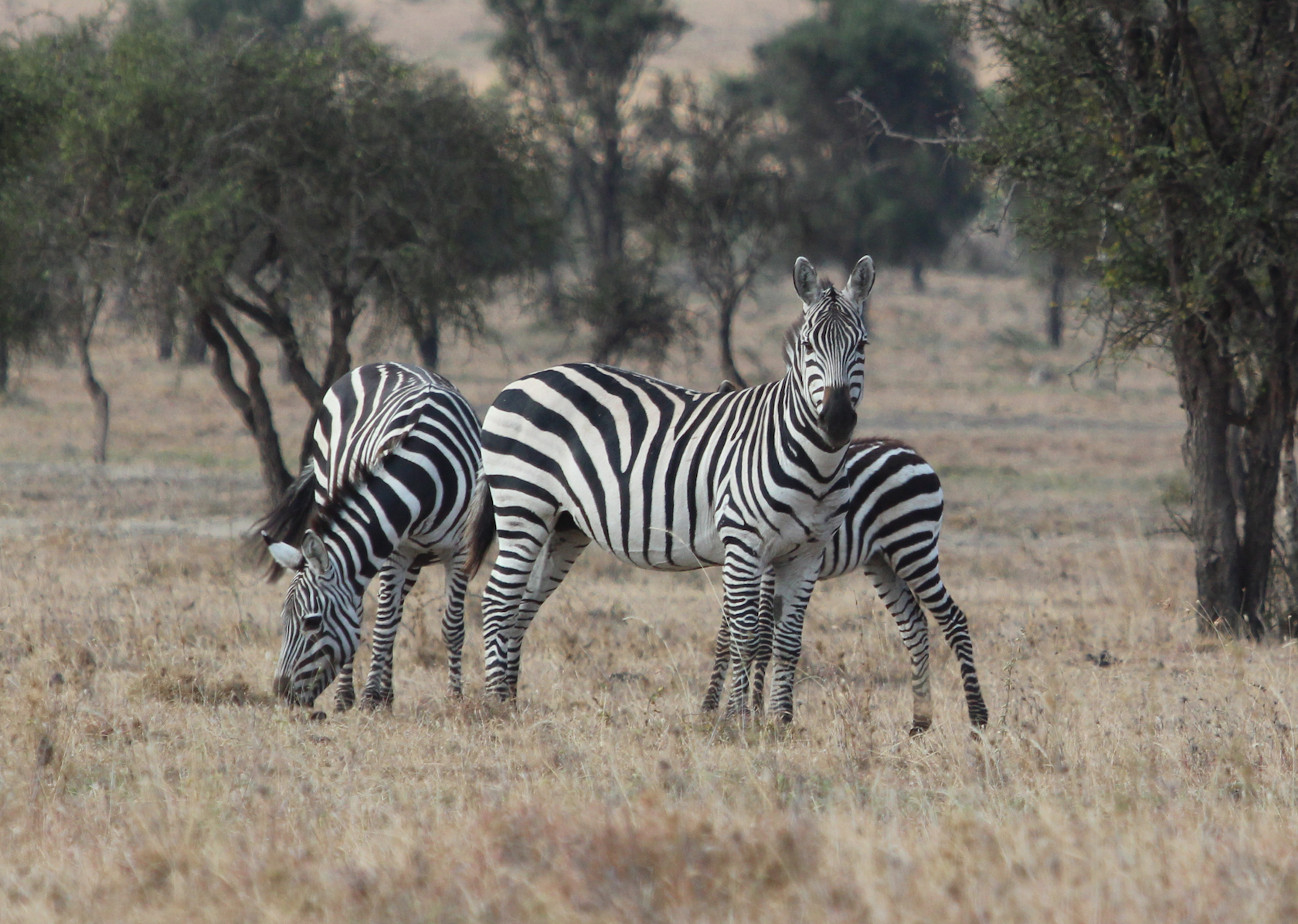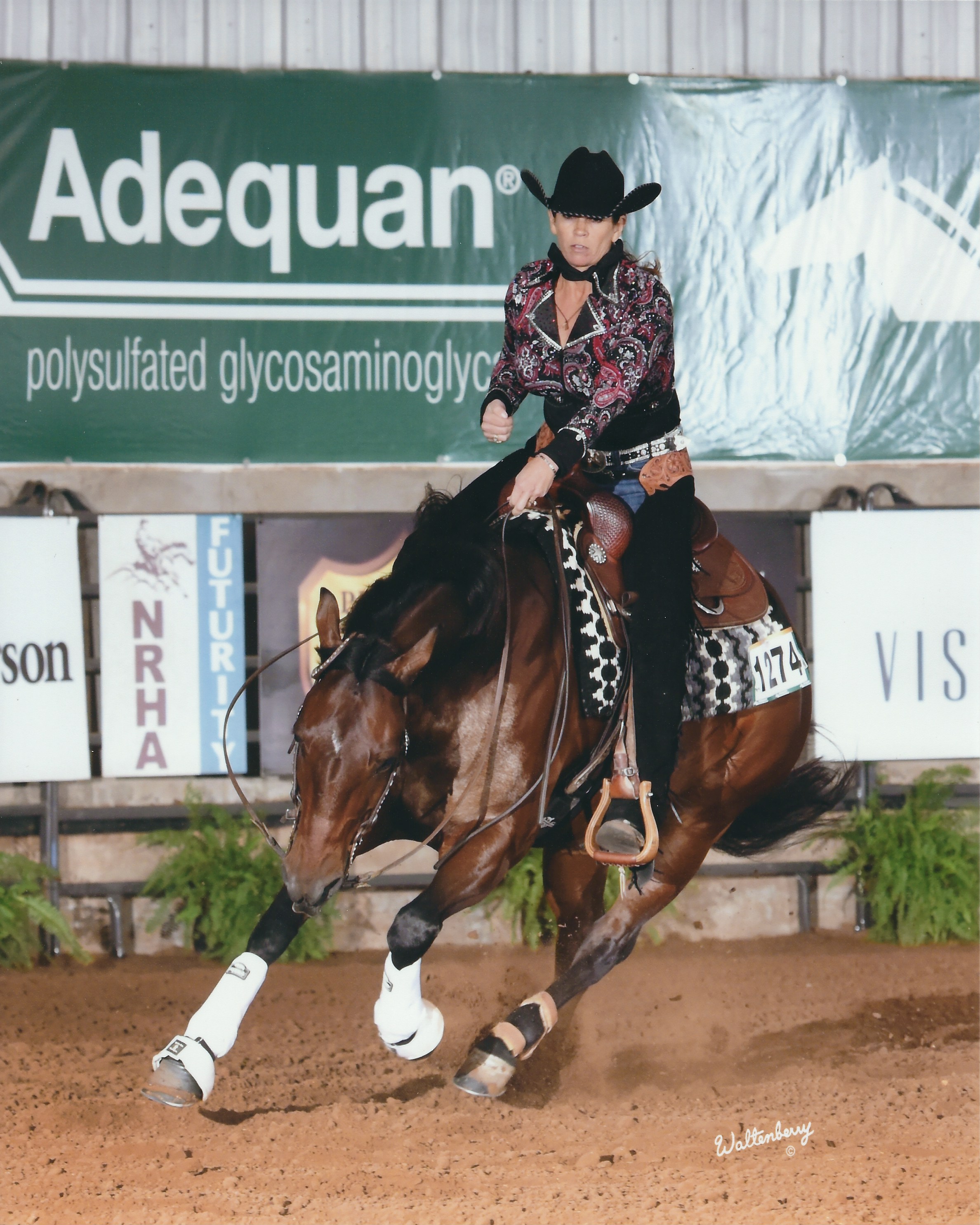Along for the Ride – Just doing the best he can

by Robyn Schiller
Robyn is the wife of horse (and people) trainer Warwick Schiller. She invites you to join her as she journeys through her life as trainer’s wife, mother, businesswoman and nationally competitive rider.
If I haven’t convinced you to look up Brene Brown yet, I will wear you down. I have another one of her lines that has really helped us (me) with the horses lately – Cooper in particular.
At one of her therapist appointments, where Brene was complaining about someone, her therapist asked her, “Do you think people are doing the best that they can?” That is it, right there. Brene, of course, answered an emphatic NO, as I probably would have in her situation. However, I didn’t survive in HR for 20+ years by believing that people weren’t doing the best they could be doing. I always looked for the good parts in people. Recently though, I have found myself not doing such a good job of this, so when I heard this part of the audiobook, it was like a slap in the face.
There are so many places where I can put the thought that “Yes, I believe that person is just doing the best they can do” into practice nowadays. I will only touch on the one that is relevant to all of you – with horses.
Cooper, as I mentioned last week, is Warwick’s relatively new Palamino gelding that we bought in November. Warwick needed to get back into the show arena under a fair amount of pressure and Cooper was a good match for that. When we tried him out, he was calm, cool & collected. If he was a person, you’d picture him as a blond haired surfer dude! Other than the reining stuff, we were told that he was great to be around, he was super clean in his stall, easy going and he did this really cute thing where he would stand on his hind end so he “could see what was going on.”
When we got him home, he was not exactly what we 1) saw 2) were told about. Not uncommon. We took him out of his routine, comfortable surroundings, etc. It isn’t surprising for a horse to be a bit anxious in a new environment. Warwick was overseas when I brought him home and I immediately labeled him an A$$hat! I even made Warwick believe he was one for awhile! It was actually Warwick who first employed Brene’s advice about Maybe he’s just doing the best he can that turned things around.
When Warwick asked this question to himself, he started treating Cooper like he was just doing the best he could do. Acknowledging that what we were seeing was really his way of manifesting his anxiety.
It seemed like the minute Warwick started listening to him, he completely changed. It is the biggest, fastest change I’ve ever seen in a horse. Seemingly overnight he went from being the A$$hat I had defined to a doe-eyed, what would you like me to do surfer guy. I know I shouldn’t be surprised but it was so completely fast the way he changed! You could literally see the thought bubble over his head, “FINALLY SOMEONE IS LISTENING TO ME.” The change in his physical body and his mental state was amazing.
It’s one of those things I can’t unsee. It has me asking the question Do you think they are just doing the best they can? more often, in more situations.
Like Brene’s husband, I feel better when I keep this question top of mind when someone (horse or person or other being) is challenging. He said, “All I know is that my life is better when I assume that people are doing their best. It keeps me out of judgment and lets me focus on what is, and not what should or could be.”
It also makes me reflect on what I’m doing that might be contributing to their actions and working on myself more. They say you get the horse you need at the time you need it, I firmly believe that all of our horses have come into our lives to teach us something and Cooper has taught me a lot already!
Thanks for reading.



 when I got back on. I was a kid and my trainer told me I couldn’t let her win, so I did what I thought I needed to do to show her that I was the boss of her.
when I got back on. I was a kid and my trainer told me I couldn’t let her win, so I did what I thought I needed to do to show her that I was the boss of her.





 As it pertains to the philosophies, programs and principles Warwick teaches, I think the first time that it actually clicked as to what Warwick was forever going on and on about was in England in 2014. It was our first trip there and he had a demo to do after his first day of clinics. That night there was this rearing pony stallion. As Warwick was talking, I remember thinking OH MY GOD! I GET IT! I can’t remember exactly what it was that finally made the tumbler fall, but I do remember feeling like slapping my forehead.
As it pertains to the philosophies, programs and principles Warwick teaches, I think the first time that it actually clicked as to what Warwick was forever going on and on about was in England in 2014. It was our first trip there and he had a demo to do after his first day of clinics. That night there was this rearing pony stallion. As Warwick was talking, I remember thinking OH MY GOD! I GET IT! I can’t remember exactly what it was that finally made the tumbler fall, but I do remember feeling like slapping my forehead.